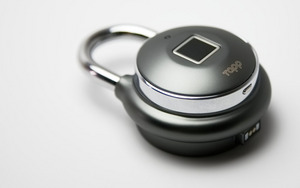
Internet of Things (IoT) and smart devices are all the rage, but what is the risk of buying and using a brand new smart product?
Just like many smart devices before it and no doubt many to follow, a crowd funded Smart lock called TappLock has proven itself to be less than secure.
Researchers from Pen Test Partners found that the lock, which is usually opened with a fingerprint or Bluetooth connected smartphone, could be hacked open in just 2 seconds using an Android app.
The manufacturers of TappLock have promised a fix, but clearly security wasn’t a top priority when making the smart padlock.
Mark James, ESET IT Security Specialist, explains the dangers versus the perceived benefits of early adoption when it comes to smart tech.
“Emerging technology can be exciting to embrace as early as possible, the thought of managing your heating using your smartphone or answering your doorbell while at work is both convenient and can lead to a happier life.
“The problem of course is understanding what is exactly involved when creating or securing these devices: In the rush to be an early adopter we may not prioritise security over luxury.
“If a new device sparks your interest do some research, check reviews, and decide at what level you want to integrate this new technology into your life.
“Think of the worst case scenarios and remember security comes at a cost. The cheapest is most often not the most secure, that’s not to say the most expensive is but somewhere in the middle may mean a good amount of research and development has been invested.”
Is there any smart tech that you’ve adopted early? Let us know on Twitter @ESETUK.
Scan your home network for potential vulnerabilities in connected Internet of Things devices with the Connected Home Monitor, available in ESET Internet Security and ESET Smart Security Premium.